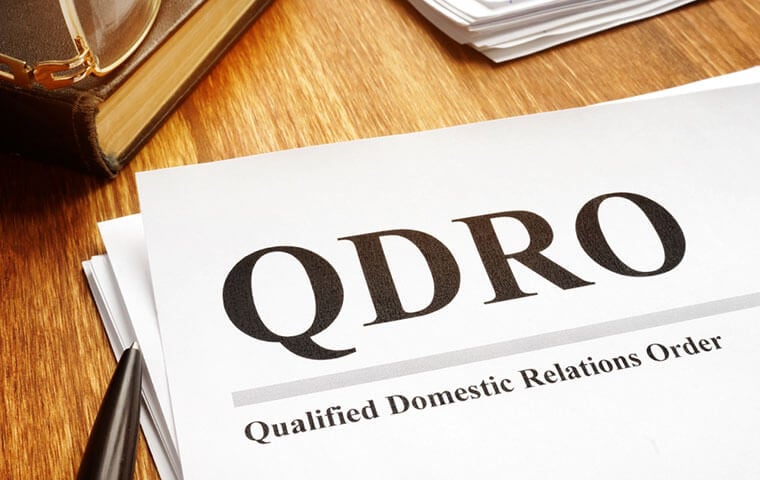I started this series on life events with decisions you have to make when you get married. Then I focused on children’s benefits. This time I want to point out what you need to know about your Federal Employees Health Benefits (FEHB) and Federal Employees’ Group Life Insurance (FEGLI) if you are separated or divorced.
FEHB benefits while separated
If you are either legally separated or in the process of getting an annulment or a divorce and are enrolled in either the Self Plus One or Self and Family option of your FEHB plan, your spouse will be entitled to continue that coverage.
FEHB benefits when your marriage ends
Your ex-spouse’s FEHB coverage will end at midnight on the day your annulment or divorce is final. At that point, he or she can decide whether to continue that coverage 1) under the spouse equity act, 2) under the temporary continuation of coverage (TCC) provision, or 3) by converting to an individual policy with your own FEHB carrier. You’ll find a detailed explanation of these options at www.opm.gov/healthcare-insurance/healthcare/reference-materials/reference/former-spouses.
If after the divorce you still have family members covered under your enrollment, you can stay with the Self and Family option or, if there is only one eligible member, you can move to Self Plus One. If there is no one else who is covered under your FEHB enrollment, you can switch to Self Only. You will also be able to switch to another plan or option.
If you want to make a change, you’ll have to do that within 60 days after your marriage ends. You can do it by filling out Standard Form 2809 and submit it to your agency personnel office (or OPM if you are a retiree). A copy of the form can be downloaded at www.opm.gov/forms/pdf_fill/sf2809.pdf.
FEGLI designation of beneficiary
If you are covered by the FEGLI program, you’ll need to check to find out who you designated to receive the proceeds of your policy on your death. If you named your spouse, you may want to change that designation to someone else now that you are divorced. To make a change, complete a Standard Form 2823, which you can download at www.opm.gov/forms/pdf_fill/sf2823.pdf .
Survivor annuity
While you are required by law to provide a survivor annuity for your spouse, that requirement ends when your annulment or divorce is final. To avoid any future problems, you’ll have to let your agency know (or OPM if you are a retiree) that your marriage has ended.
Former head of retirement and insurance policy at the Office of Personnel Management, and longtime FEDweek contributor, Reg Jones is known throughout the federal workforce community as an authority on pay and benefits.
OPM Sets Standards for FEHB, New Postal-Only Health Program in 2025
SECURE Act 2.0: Important changes that you need to know
2024 By the Numbers: Social Security and Full Retirement Age
Widespread Support Spurs Call to Advance Bill to Repeal ‘Windfall,’ ‘Offset’ Provisions
What TSP Millionaires Do That Others Don’t
Biggest Social Security Myths That Federal Employees Fall For
The 1st Year of Retirement Can be Rough; Do These 3 Things to Prepare
